we’ve now travelled a long way around australia but we still find it rare to come across localities named after events that are remarkable for all the wrong reasons. names that are considered scary on a less personal level like ‘hell’s gate’ or ‘devil’s marbles’ seem to be fine and probably attract tourists e.g. to find out what those marbles may look like, however, references to mass killings seem to be somewhat less appealing.
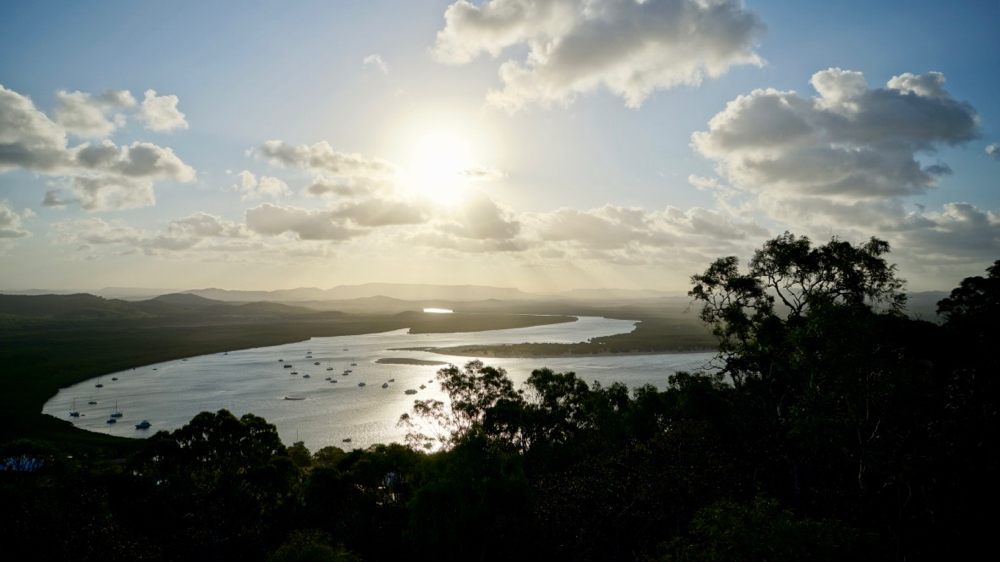
we therefore found it surprising that the road between cooktown and laura still carries the name battlecamp road. the james cook museum in cooktown has some references to the less than pleasant history that led to the name, but there is also now a map published by the university of newcastle which is based on research into mass killings of aboriginal people over the years. it may be worth noting that this is a work in progress and there are probably many more incidents that have not been researched or added yet.
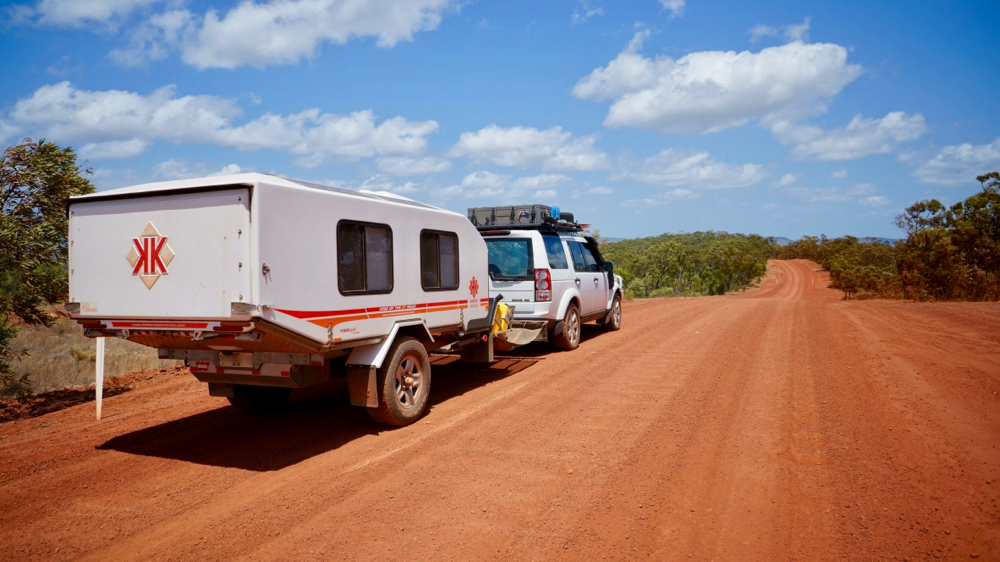
as best we can tell the story of the battlecamp massacre comes down to the local aboriginal people trying to defend their land and way of life against the intruders: miners looking for gold in the palmer river and later pastoralists (if you are interested there is a more detailed research paper here). the original namesake battle was a conflict between miners and aboriginals during an expedition in november 1873. a large group of aboriginal people attacked a camp of miners after negotiations had failed (apparently due to an attempt to use horses against the aboriginal men who had come to talk) but their spears were no match for the firepower of the miners: many aboriginal men were killed in the battle and when the miners pursued those who fled.
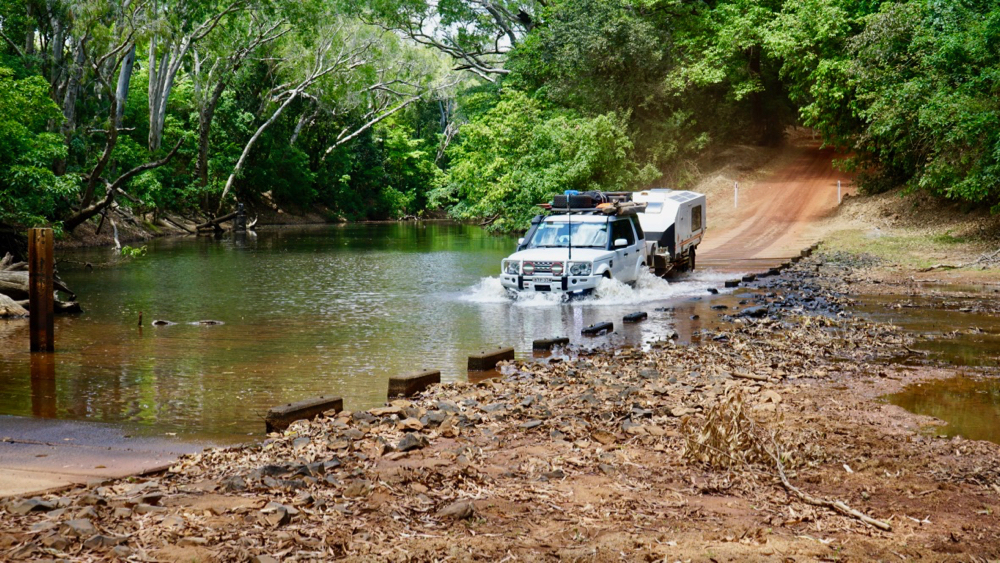
this part of northern queensland is rich in vegetation and animals, and the area was more heavily populated than the drier inland parts of the country. the mountain ranges offered shelter and during the wet season it was difficult to track aboriginal clans who resisted the settlers or took cattle as food. resistance was more determined and took longer to overcome, which can be witnessed through the longevity of the native mounted police presence in the area.
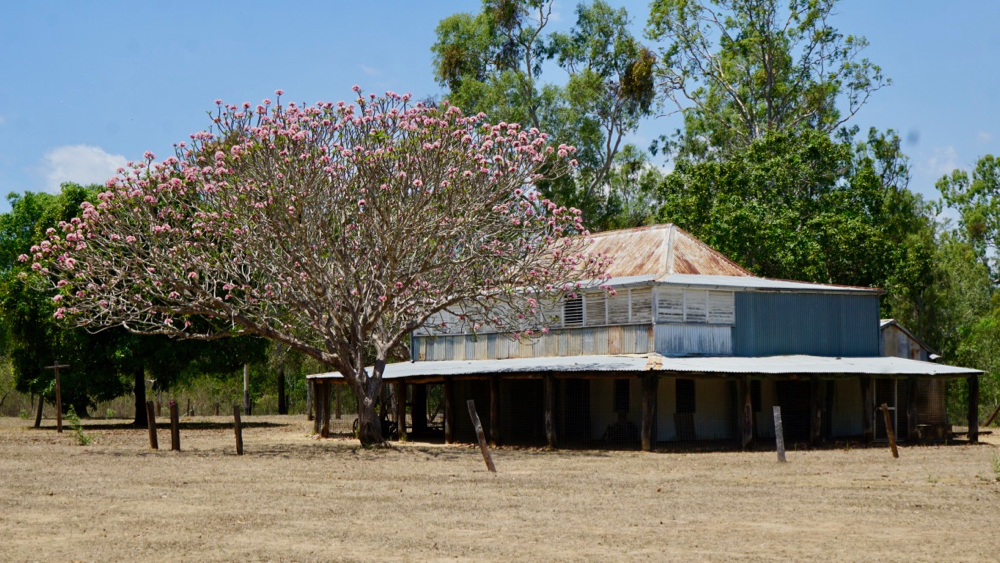
over about twenty years camps of native mounted police, aboriginal trackers recruited from other parts of the country under the command of a european officer, were employed to ensure there would not be any further structured resistance. this paramilitary force also supported the farmers and miners by capturing aboriginal people as slave labour. pastoralists have also been known to take the law into their own hands, generally in the knowledge that they would not be prosecuted.
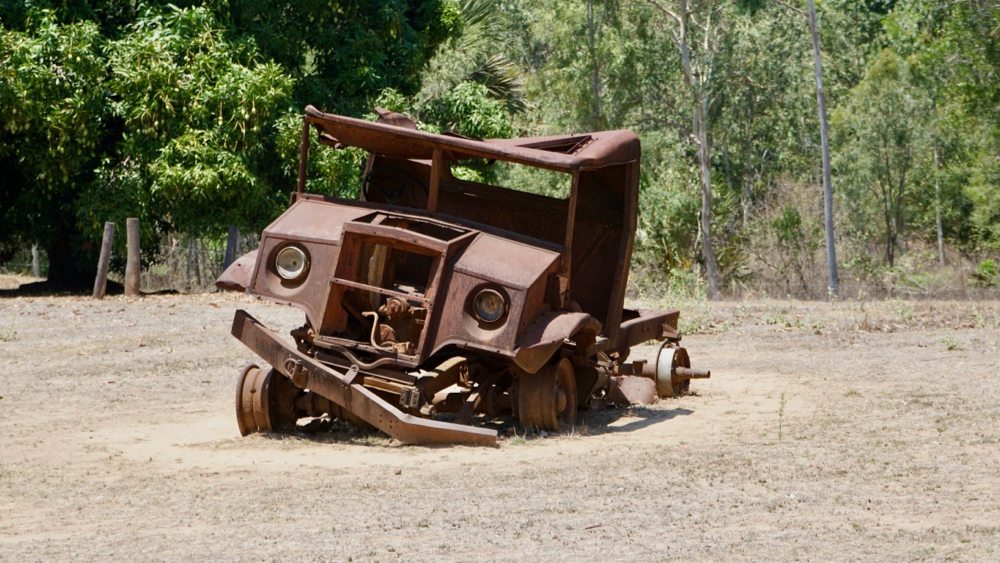
it is encouraging to see that increasingly our nation is willing to face its past, and comments that ‘the settlement of australia was largely peaceful (wa governor malcolm mccusker, 2013)’ or that ‘the arrival of the first fleet was the foundation for australia to become one of the freest, fairest and most prosperous societies on the face of the earth (ex-pm tony abbott, 2014)’ are becoming less frequent.

rather this is another example of the unfortunate fact that the victors write the history books. in the case of aboriginal people, which have been acknowledged to have lived in the country for more than 60,000 years, governed by a complex set of laws, rules and traditions, it saw their numbers drop from an estimated one million before the arrival of european settlers to purportedly about fifty thousand at the beginning of the 20th century.
as always, there is another side to the story, and we have heard evidence of this as well. while the aboriginal people were at the receiving end of targeted and in some cases at least state-tolerated if not state-sponsored violence the settlers who were demanding support had serious issues to contend with as well. a country that was not at all like what they were used to back home, that required new methods methods of managing crops and herds, often poor soils, a poorly understood and harsh climate, devastating drought cycles and venomous animals and plants. many had invested everything to bring their families into this hostile place and they would do anything to avoid failure. does desperation justify desperate measures?

we continue to be amazed by the richness of their culture and, whenever we are able to engage with aboriginal people, by how friendly they are and how often they speak about reconciliation, not retribution, about sharing instead of confrontation.
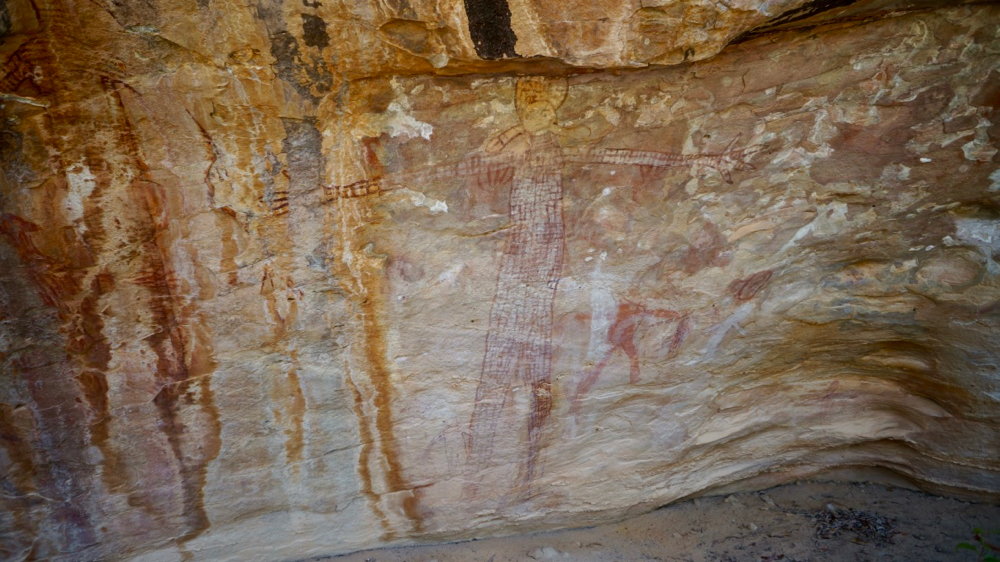
and we are in awe of the amazing cultural artefacts their ancestors have left, like these rock art paintings at split rock south of laura which are about 14,000 years old.
